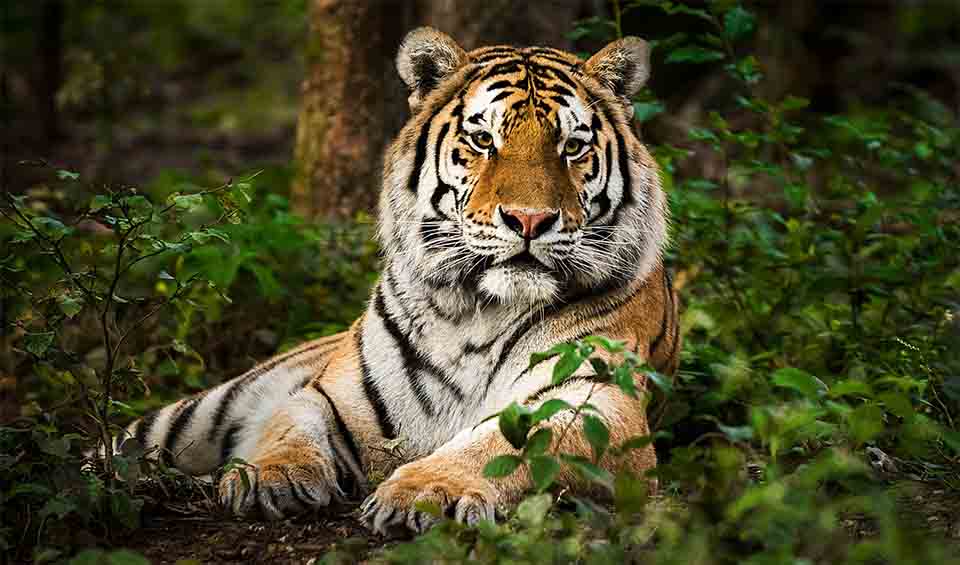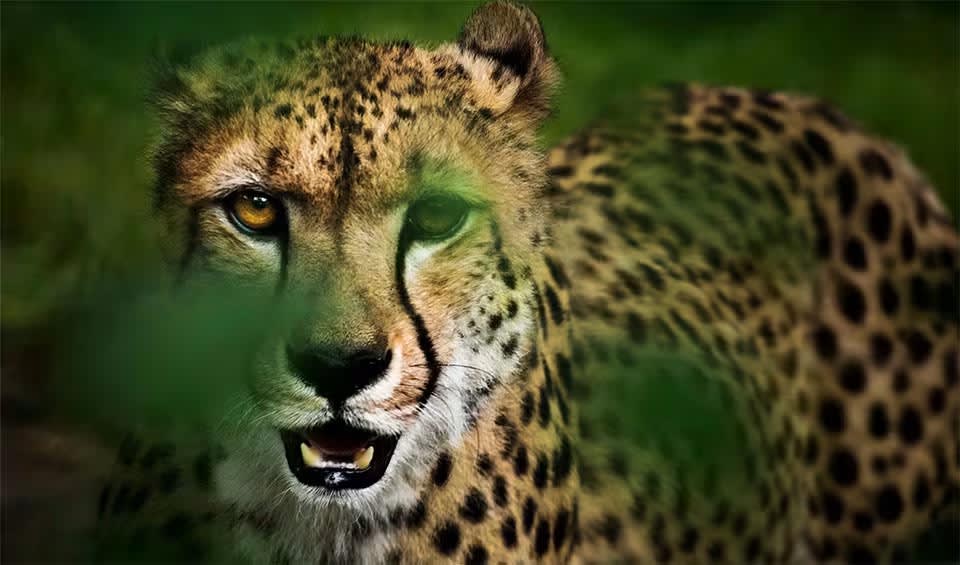It is one of the most easily recognizable sharks in the ocean, thanks to its unusual head shape, which looks like a hammer with smooth curves and a series of “scallops” or notches along the front edge. This unique head, called a cephalofoil, isn’t just for looks—it gives the scalloped hammerhead some serious advantages. It helps the shark detect the tiny electrical signals given off by prey hiding in the sand and improves its ability to turn quickly and stay balanced in the water. Compared to other hammerhead species, the scalloped hammerhead has a more curved, wave-like head, and it’s generally slimmer and more graceful in shape.
What sets the scalloped hammerhead apart from other sharks—even from its hammerhead cousins—is its social behavior. While many sharks prefer to travel solo, scalloped hammerheads often form large groups, sometimes numbering in the hundreds. These schools are often seen during the day, especially near underwater mountains or coral reefs. It’s unclear why they gather like this, but scientists believe it might be for safety, communication, or even to find mates. At night, though, these sharks break away from the group and go off alone to hunt, a cool balance of social and solitary behavior you don’t often see in the shark world.
One fascinating thing about scalloped hammerheads is how smart and sensitive they are. Their wide-set eyes give them an almost 360-degree view of their surroundings, and their head is packed with sensory organs that help them track prey. They are known to hunt stingrays, squid, and schools of fish, using quick movements and sharp senses to strike with precision. Despite their size and hunting skills, they’re actually quite shy around humans. Divers often report seeing them just briefly before the sharks swim away. But when you do catch a glimpse, their smooth movements and curious shape make them unforgettable.
Distribution
 Atlantic Ocean
Atlantic Ocean Indian ocean
Indian ocean Pacific ocean
Pacific ocean Gulf of Mexico
Gulf of Mexico Albania
Albania Algeria
Algeria Angola
Angola Anguilla
Anguilla Antigua & Barbuda
Antigua & Barbuda Aruba
Aruba Australia
Australia Bahamas
Bahamas Bahrain
Bahrain Bangladesh
Bangladesh Barbados
Barbados Belize
Belize Benin
Benin Bonaire Sint Eustatius And Saba
Bonaire Sint Eustatius And Saba Bosnia And Herz.
Bosnia And Herz. Brazil
Brazil Brunei
Brunei Cambodia
Cambodia Cameroon
Cameroon Cape Verde
Cape Verde Cayman Islands
Cayman Islands China
China Colombia
Colombia Comoros
Comoros Congo-Brazzaville
Congo-Brazzaville Costa Rica
Costa Rica Croatia
Croatia Cuba
Cuba Curaçao
Curaçao Côte D’ivoire
Côte D’ivoire Djibouti
Djibouti Dominica
Dominica Dominican Republic
Dominican Republic East Timor
East Timor Ecuador
Ecuador Egypt
Egypt El Salvador
El Salvador Equatorial Guinea
Equatorial Guinea Eritrea
Eritrea France
France French Guiana
French Guiana French Polynesia
French Polynesia Gabon
Gabon Gambia
Gambia Ghana
Ghana Greece
Greece Grenada
Grenada Guadeloupe
Guadeloupe Guatemala
Guatemala Guinea-Bissau
Guinea-Bissau Guinea
Guinea Guyana
Guyana Haiti
Haiti Honduras
Honduras Hong Kong
Hong Kong India
India Indonesia
Indonesia Iran
Iran Iraq
Iraq Israel
Israel Italy
Italy Jamaica
Jamaica Japan
Japan Kenya
Kenya Korea
Korea Kuwait
Kuwait Lebanon
Lebanon Liberia
Liberia Libya
Libya Macao
Macao Madagascar
Madagascar Malaysia
Malaysia Maldives
Maldives Mauritania
Mauritania Mauritius
Mauritius Mayotte
Mayotte Mexico
Mexico Montenegro
Montenegro Morocco
Morocco Myanmar
Myanmar Namibia
Namibia New Caledonia
New Caledonia Nicaragua
Nicaragua Nigeria
Nigeria Oman
Oman Pakistan
Pakistan Panama
Panama Papua New Guinea
Papua New Guinea Peru
Peru Philippines
Philippines Portugal
Portugal Puerto Rico
Puerto Rico Qatar
Qatar Réunion
Réunion Saint Lucia
Saint Lucia Saint Vincent
Saint Vincent San Marino
San Marino Saudi Arabia
Saudi Arabia Senegal
Senegal Seychelles
Seychelles Sierra Leone
Sierra Leone Singapore
Singapore Slovenia
Slovenia Solomon Islands
Solomon Islands Somalia
Somalia South Africa
South Africa Spain
Spain Sri Lanka
Sri Lanka St. Kitts & Nevis
St. Kitts & Nevis Sudan
Sudan Suriname
Suriname Syria
Syria São Tomé & Príncipe
São Tomé & Príncipe Taiwan
Taiwan Tanzania
Tanzania Thailand
Thailand Togo
Togo Trinidad & Tobago
Trinidad & Tobago Tunisia
Tunisia Turkey
Turkey UAE
UAE United States
United States Uruguay
Uruguay Venezuela
Venezuela Vietnam
Vietnam Yemen
YemenRecent Updates
- This species profile was developed through the collaborative support of the Galapagos Science Center and Universidad San Francisco de Quito.
Anything we've missed?
Help us improve this page by suggesting edits. Glory never dies!
Suggest an editGet to know me
Terrestrial / Aquatic
Altricial / Precocial
Polygamous / Monogamous
Dimorphic (size) / Monomorphic
Active: Diurnal / Nocturnal
Social behavior: Solitary / Pack / School
Diet: Carnivore / Herbivore / Omnivore / Piscivorous / Insectivore
Migratory: Yes / No
Domesticated: Yes / No
Dangerous: Yes / No




